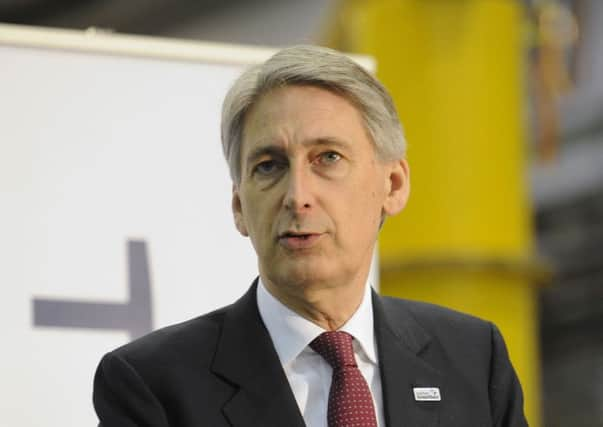Government borrowing higher than expected at £10.5bn
This article contains affiliate links. We may earn a small commission on items purchased through this article, but that does not affect our editorial judgement.


Analysts said the figure gave the Chancellor limited leeway for modest initiatives on public spending to help boost a slowing economy when he makes his Autumn Statement in November.
Howard Archer, chief UK economist at IHS Global Insight, said the latest borrowing figures were “mixed news” for the Chancellor.
Advertisement
Hide AdAdvertisement
Hide Ad“On the positive side, this adds to the evidence that the economy has been resilient so far following June’s Brexit vote, with tax receipts holding up relatively well overall,” Archer said.
“Nevertheless, the public finances are still off track to meet the March Budget target, which highlights the fact that the Chancellor really has limited ability to provide a boost to the economy (in the Autumn Statement) if he is to maintain a semblance of fiscal discipline.”
The latest public borrowing data came on the day that the Office for National Statistics said the Brexit vote had so far not had a major impact on the British economy, but the Paris-based Organisation for Economic Co-operation and Development (OECD) cut its UK growth forecasts in half from 2 per cent to 1 per cent for 2017.
The City consensus expectation for public sector net borrowing, which does not include public sector banks, was £10bn.
Government borrowing for the fiscal year to date – the period from April to August – decreased by £4.9bn to £33.8bn, compared with the same period last year.
However, analysts said the latest borrowing overshoot makes it virtually impossible to hit the Office for Budget Responsibility’s £55.5bn deficit target in this financial year.
Prime Minister Theresa May has abandoned the previous government’s plans to achieve a surplus by 2020.
Alan Clarke, head of European fixed income strategy at Scotiabank, said. “It is a case of so far so good for the public finances this fiscal year. It is far, far too soon to expect to see any hint of a Brexit effect.”
Advertisement
Hide AdAdvertisement
Hide AdIt comes after a lower-than-expected surplus of £1bn in July, which was down £200 million on the same month last year, and lower than forecasts of about £1.6bn.
July figures are usually higher as it is the month when self-employed people pay their income tax and businesses settle corporation tax bills.
Hammond will deliver his Autumn Statement, which outlines the government’s plans for tax and spending, on 23 November.
